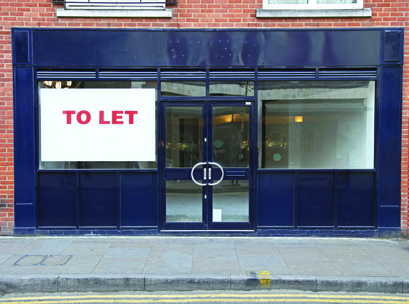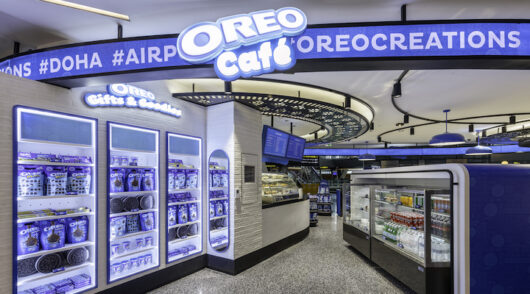 The growth in online retailing will drive demand for as much as 3.2 million sqm of Australian industrial space by 2020, according to a new CBRE report.
The growth in online retailing will drive demand for as much as 3.2 million sqm of Australian industrial space by 2020, according to a new CBRE report.
The CBRE, Viewpoint, analyses how industrial demand has evolved over the past few decades as traditional manufacturing has declined.
In its stead, e-commerce has emerged as a key growth engine for the industrial sector, with online retail sales having grown from $10.5 billion in 2011, to $17.3 billion in the 12 months to June 2015, representing a compound annual growth rate of 13 per cent.
Alexander Tan, senior research analyst, CBRE, said the resultant demand for warehousing and distribution space was continuing to increase, with CBRE projecting additional take up of between 2.3 million sqm, and 3.2 million squares of space by 2020.
“To put this into perspective, CBRE research recently identified that 3.6 million sqm of industrial space would be vacated as a result of the closure of car manufacturing in Victoria and South Australia,” Tan said.
“Hence the forecast uplift in industrial demand over the next five years alone has the potential to offset most of the industrial space loss from car manufacturing.”
A key driver will be the fact that Australian retailers are playing catch up when it comes to the penetration of online retailing.
This is highlighted by the fact that online retailing represents 12.4 per cent of total retail sales in the UK and 7 per cent of sales in the US, compared to just 3.1 per cent in Australia.
However, the tide is shifting as highlighted by the recent online sales growth of a range of Australian retailers. This includes the likes of David Jones, who want online sales to account for 10 per cent of total sales by 2018.
“We expect that Australian online retail trade is likely to catch up to the US and UK over the coming years,” Tan said.
“Further, the recent declines in the AUD should provide a boost to domestic online retail trade as domestic goods become relatively cheaper, reducing the volume of imported goods while increasing exports.”
The resultant impact on the industrial sector will be significant. CBRE’s Viewpoint estimates that if the proportion of online retail sales reaches 7 per cent, comparable with the US, and if a conservative 50 per cent of online trade uses exiting warehouse/storage facilities, this would lead to significant industrial take-up.
CBRE’s base case is for national warehouse demand from online retail trade to increase by 540,000sqm per annum, to 2.7 millionsqm by 2020. Demand is expected to be skewed towards New South Wales, Victoria and Queensland respectively given that these states spend more online compared to other states according to NAB’s most recent online retail trade survey.
Jason Edge, National Director- Industrial & Logistical Services, CBRE, added that the majority of the space demand was currently being driven by third party logistics groups.
“E-commerce companies are still reluctant to commit to long term leases as they assess the future growth in this sector. However, this is likely to change in the medium term as the Australian market matures and more regulated growth is achieved,” Edge said.
He also noted that online trade businesses typically had annual turnover of less than a million dollars in their first few years of operation and required relatively small distribution spaces.
“This presents an opportunity for landlords to position their industrial unit estates to cater to entrepreneurial online retailers with requirements for less than 1000sqm of space in more infill locations,” Edge said.






